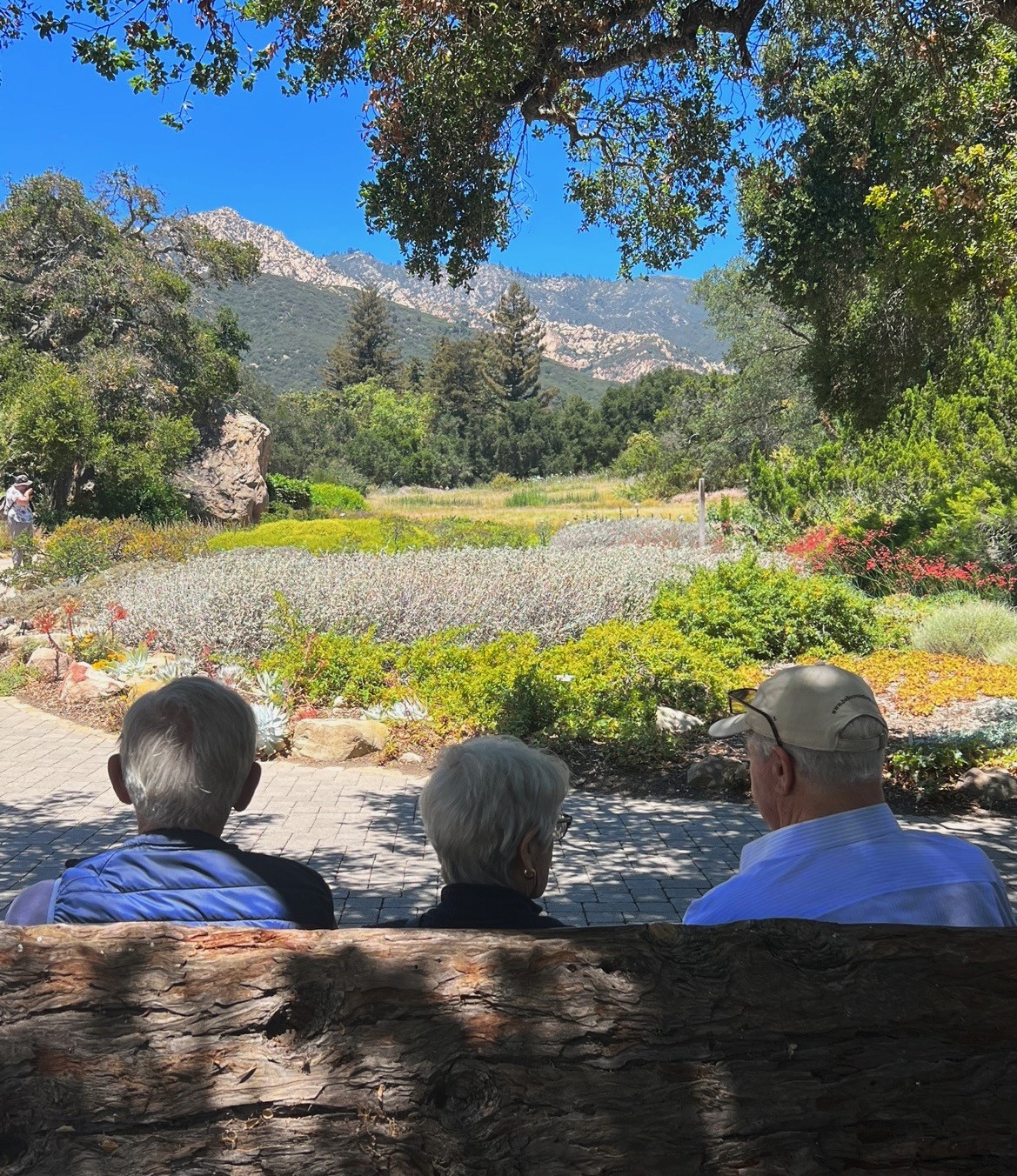
2 minute read
Researching the Endangered Jewels of Carrizo
By Isabela Lima Borges, Ph.D., Rare Plant Conservation Scientist
April 30, 2024
It was another beautiful sunrise at Carrizo Plain National Monument. The night’s sleep was rough, thanks to some persistent rodents trying to break into my tent all night. (For a plant project, this one is making me think about rodents a lot.)
We’re at Carrizo studying the federally endangered California jewelflower (Caulanthus californicus), a special little wildflower among the many that make up the beautiful blooms here each spring. Every two weeks, we’re measuring hundreds of individual jewelflower, checking their height, counting flowers and fruits, and investigating whether anything munched on them. Turns out, the endangered giant kangaroo rat (Dipodomys ingens) is a fan of this plant, often eating its flowers and stems.
This observation about the kangaroo rats’ snacking habits is just the type of detail we’re looking for as we investigate how jewelflower populations are faring at Carrizo. Are they growing or declining, and what will happen as the environment changes? For the past two rainy years, populations have been abundant, but climate change makes their future uncertain. It will take years of study (and many rodent generations) to fully understand this story.*
*Click here to read more about the endangered California jewelflower and how the Carrizo Plain plays a vital role in its survival.













